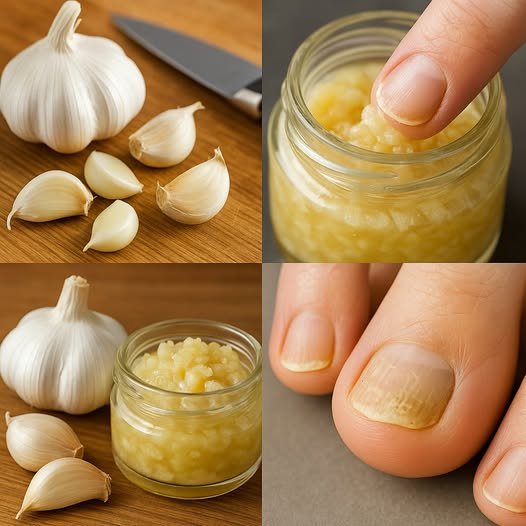Never Plant Rosemary Without These Essential Tips
Rosemary is a beloved herb known for its wonderful aroma, culinary versatility, and natural resilience. However, many people struggle to grow it successfully. If your rosemary turns yellow, wilts, stays small, or dies soon after planting—don’t worry. With the right method and mindset, you can grow a thriving rosemary plant at home. This article will walk you through a step-by-step technique that gives you a much higher chance of success.
Step 1: Start With the Right Cuttings
Not all rosemary stems will grow into healthy new plants. One of the most common mistakes is trying to propagate using young, green stems. These are too soft and often rot before taking root. What you need instead are semi-woody stems—branches that have begun to harden and look slightly brown or “bark-like.” These are much more likely to root successfully.
Choose healthy branches from an established rosemary plant and cut segments about 10 cm (4 inches) long. You can prepare several cuttings at once to increase your chances of success and produce multiple plants.
Step 2: Prepare the Soil Mix
Rosemary needs excellent drainage to thrive. One of the biggest reasons rosemary fails to grow is planting it in soil that retains too much water. To create the perfect soil mix for rooting rosemary, you’ll need:
- Regular garden soil or plain black soil (not pre-fertilized potting mix)
Coarse sand (construction-grade sand used for building is ideal)
In a 5-liter pot, start by adding a layer of drainage material at the bottom. This can be gravel, stones, or broken clay shards. Then, mix equal parts of the soil and sand until the texture is loose and well-drained. This blend prevents root rot and mimics the dry, rocky environment rosemary prefers.
Step 3: Prepare and Plant the Cuttings
Before planting, strip the lower leaves from each cutting—about 3 fingers’ length from the bottom. This helps the stem focus on developing roots rather than maintaining foliage. Once stripped, gently insert each cutting into the soil mixture, leaving the top green part above the surface.
You can plant several cuttings in the same pot, spacing them evenly to give each one room to root. Even stems that are green at the top and woody at the base can be used successfully.
Step 4: Watering and Placement
Instead of watering heavily with a watering can or bottle, use a spray bottle to lightly mist the soil and stems. This helps the cuttings stay in place and keeps moisture levels gentle—just enough to encourage rooting without causing rot.
Continue misting the soil twice a day—once in the morning and once in the evening. Do this consistently for two to three weeks. Place the pot in a bright location with indirect sunlight. Do not place it in full sun. Excess heat and direct sunlight will dry out or kill the cuttings before they root.
Step 5: Patience and Root Development
Rosemary cuttings typically take around two to three weeks to begin forming roots. Be patient and avoid disturbing the cuttings during this time. After about 2.5 weeks, you can gently test one cutting by tugging it slightly. If it resists, roots have formed.
This method consistently produces healthy new rosemary plants with strong root systems. Once your cuttings have rooted and begin growing new leaves, you can transplant them into individual pots or into your garden.
Final Tips for Success
No fertilizers during rooting. Don’t use nutrient-rich or chemical-laden soils while propagating. These can interfere with root formation.
Mindset matters. Believe it or not, approaching plant care with a positive attitude makes a difference. Plants are living beings and respond to your energy and attentiveness. If you expect failure, you’re more likely to miss key details. Stay hopeful and consistent.
Avoid overwatering. Rosemary doesn’t like soggy soil. Water only when the top layer feels dry after the initial rooting stage.
Sunlight is essential—but not during propagation. Once the plants are established and have developed roots, you can move them gradually into sunnier spots. Rosemary loves full sun once it’s strong enough.
With this technique, not only can you propagate rosemary successfully, but you’ll also save money by never needing to buy new plants again. You’ll enjoy fresh rosemary year-round—from your own garden, balcony, or kitchen windowsill.
Give it a try and enjoy the satisfaction of growing this aromatic, powerful herb from scratch.



